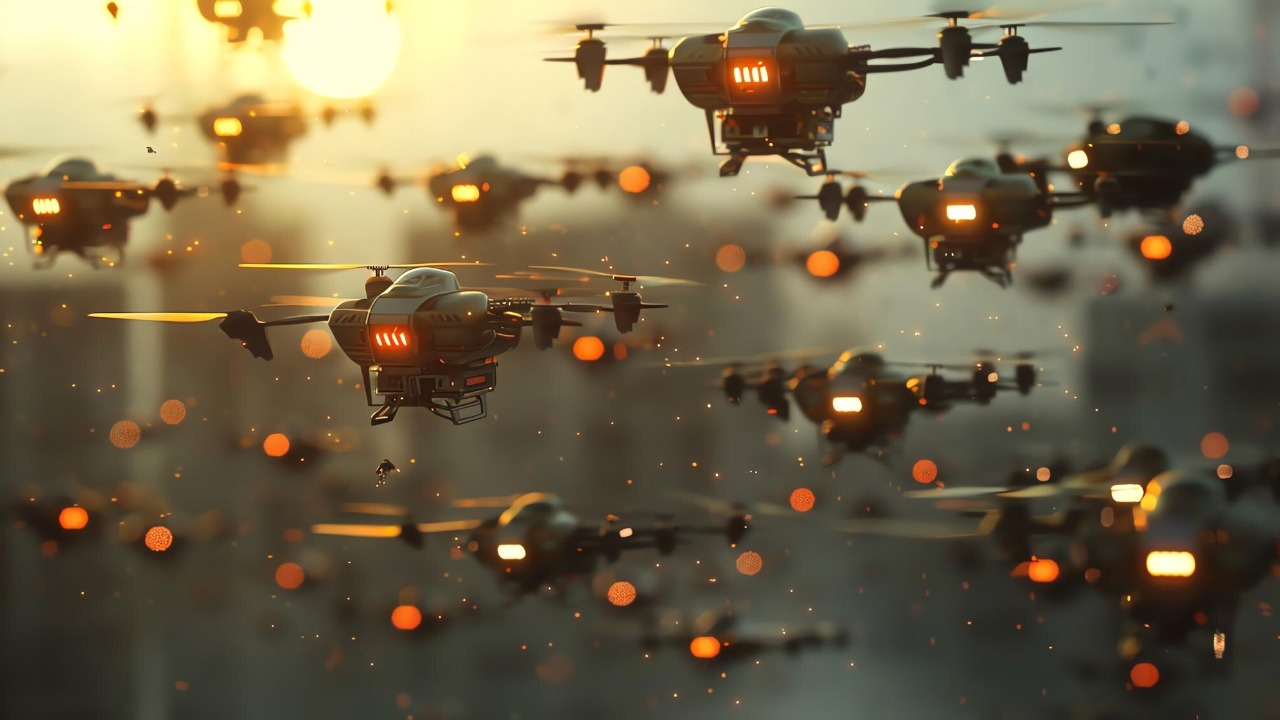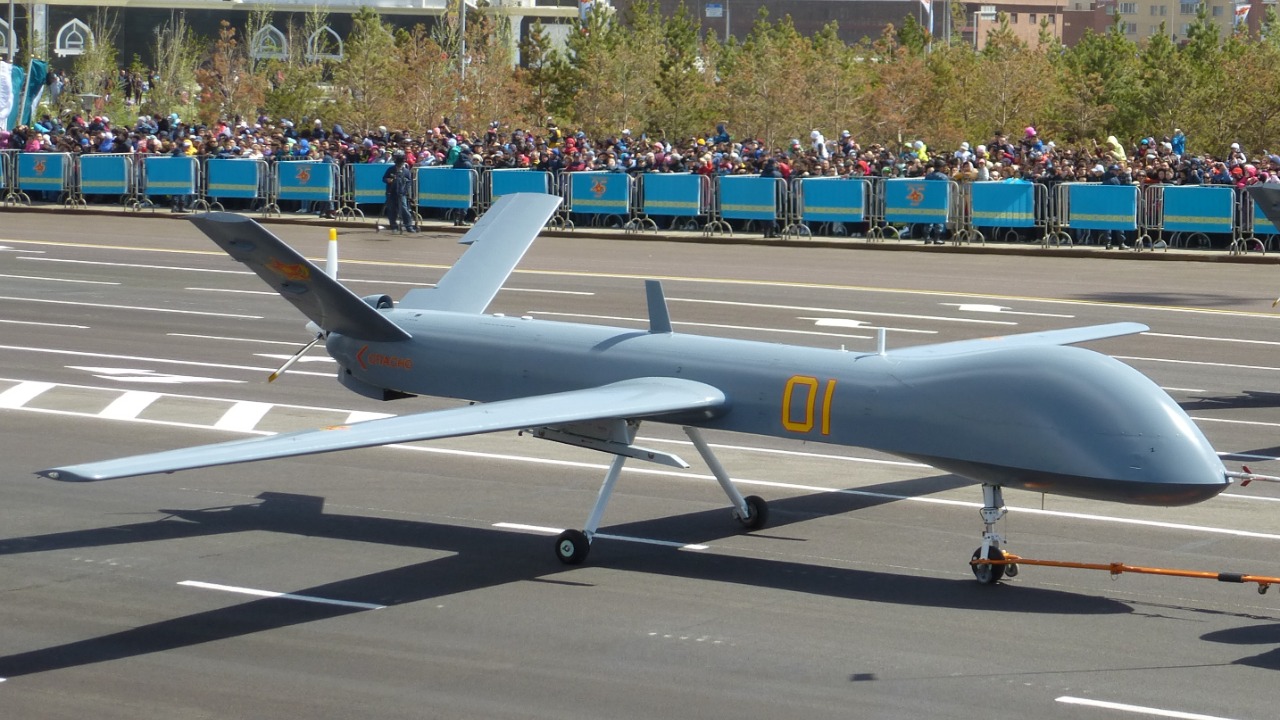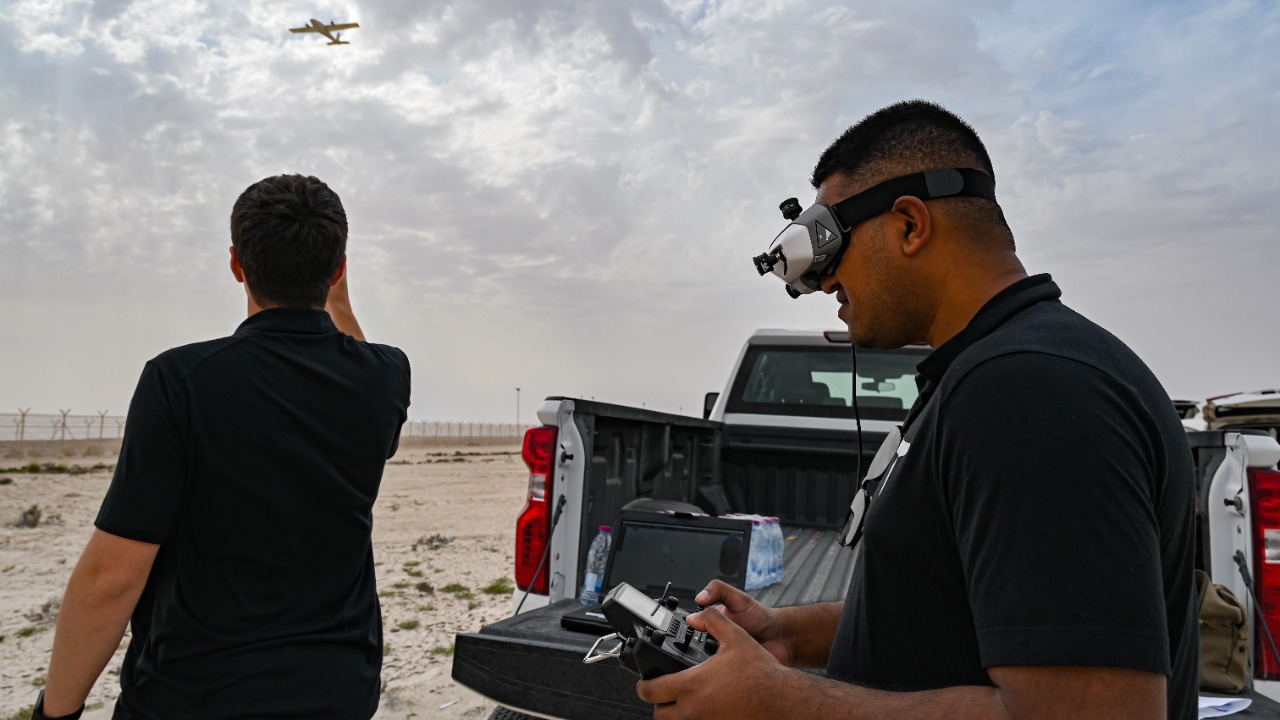
China has made a significant leap in drone technology with the development of a new ‘drone mothership’ capable of deploying 100 small killer robots. This advancement has sparked questions about why the United States is not pursuing similar technology.
Overview of China’s Drone Mothership

The Chinese drone mothership is a groundbreaking piece of technology that can release 100 small killer robots. This capability is a testament to China’s technological advancements and its commitment to enhancing its military prowess. The drone mothership is not just a single entity but a system of interconnected drones that can operate in unison or independently, depending on the mission requirements. The small killer robots, once deployed, can carry out a range of tasks, from surveillance to direct combat.
China’s ability to develop such a system is a result of its significant investments in research and development, as well as its willingness to push the boundaries of what is possible in drone technology. This development is a clear indication of China’s growing technological capabilities and its determination to be a leader in the global military landscape. Popular Mechanics reports that the drone mothership is a significant step forward in China’s military technology.
Implications for Global Military Balance

The development of the drone mothership by China could potentially shift the balance of power in the global military landscape. The ability to deploy a large number of small killer robots could give China a significant advantage in a variety of military scenarios. This could range from surveillance operations to direct combat situations, where the use of drones could minimize human casualties on the Chinese side.
Other countries, particularly the United States, are likely to closely monitor this development. The US, with its own advanced military technology, may need to reassess its strategies and technologies in light of this new development. The drone mothership could potentially change the dynamics of future conflicts, and countries around the world will need to adapt to this new reality.
Comparison with US Military Technology

While the United States has been a leader in drone technology, it is not currently developing a similar drone mothership system. The reasons for this are not entirely clear, but it could be due to a variety of factors, including different strategic priorities, budget constraints, or technological challenges.
Developing a comparable system would likely present a number of challenges for the US. These could include technical issues related to the design and operation of the system, as well as logistical challenges related to deployment and maintenance. However, given the potential advantages of such a system, it is possible that the US could explore similar technologies in the future.
According to Popular Mechanics, the United States has been focusing on other areas of drone technology. For instance, the US has been developing drones that can stay aloft for extended periods, providing continuous surveillance or communication capabilities. This focus on endurance and persistence may reflect a different strategic approach, where the US values the ability to maintain a constant presence in an area, rather than deploying a large number of drones at once.
Furthermore, the US has been investing heavily in stealth technology for its drones. This includes the development of drones that are difficult to detect by radar or other means, which could provide a significant advantage in certain military scenarios. The focus on stealth and endurance suggests that the US is prioritizing the ability to operate undetected and maintain a presence over a long period, rather than the ability to deploy a large number of drones quickly. This could be a strategic decision based on the specific needs and objectives of the US military.
However, the development of the drone mothership by China could potentially prompt a reassessment of these priorities. The ability to deploy a large number of drones quickly could provide a significant advantage in certain scenarios, and the US may need to consider how to respond to this new capability. This could involve the development of similar technologies, or it could involve the development of countermeasures designed to neutralize or mitigate the threat posed by the drone mothership.
Future Developments and Predictions

Looking ahead, it is likely that drone technology, including systems like the drone mothership, will continue to evolve. Advances in artificial intelligence and robotics could lead to even more sophisticated and capable drone systems. These could include drones that are capable of more autonomous operation, or drones that can carry out more complex tasks.
As these technologies continue to develop, they are likely to have a significant impact on military strategy. The use of drones could reduce the need for human soldiers in certain situations, potentially reducing casualties. Additionally, the ability to deploy a large number of drones quickly and efficiently could give militaries a significant advantage in a variety of scenarios. As such, the development of the drone mothership by China could be a sign of things to come in the world of military technology.